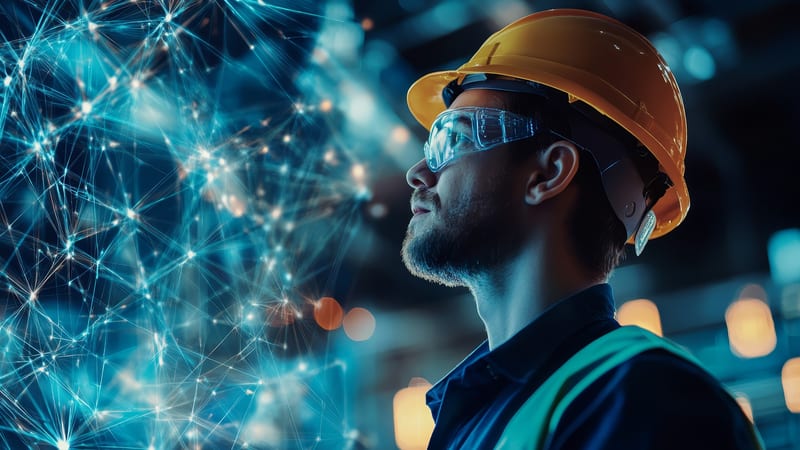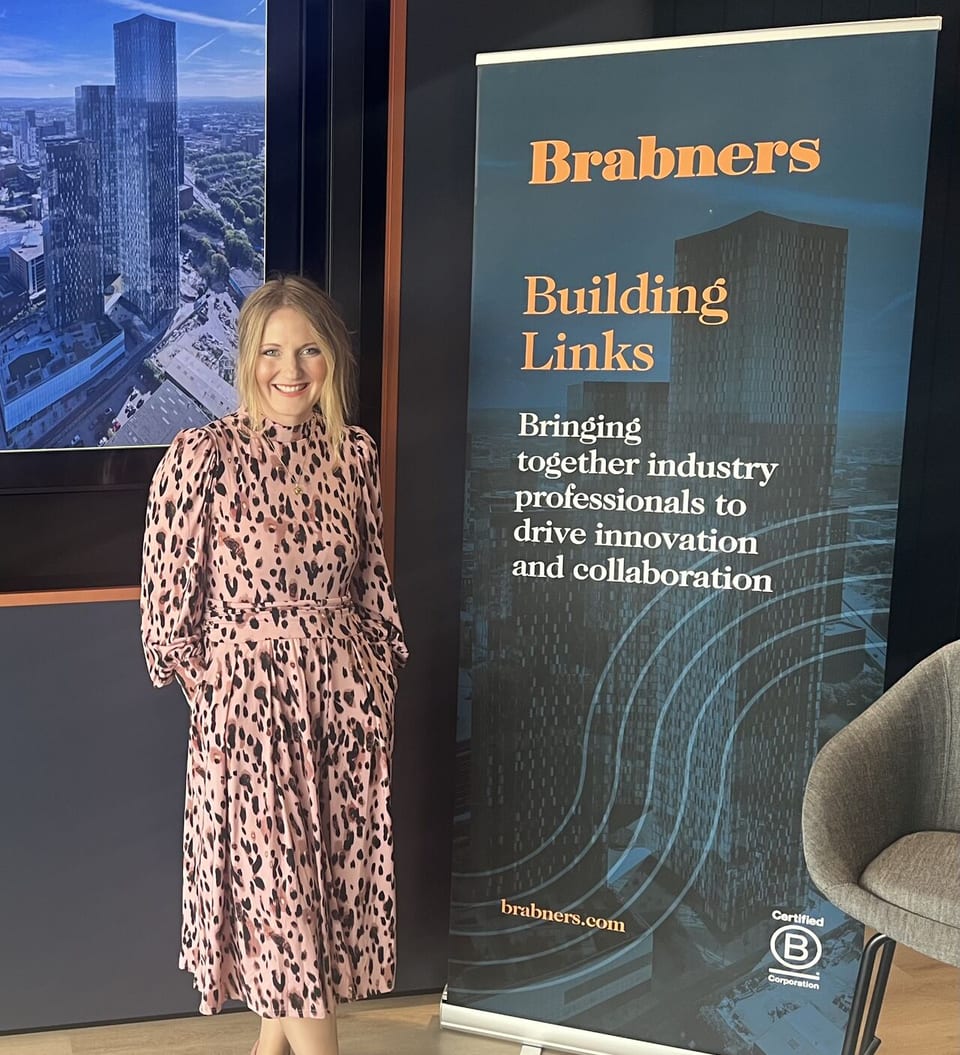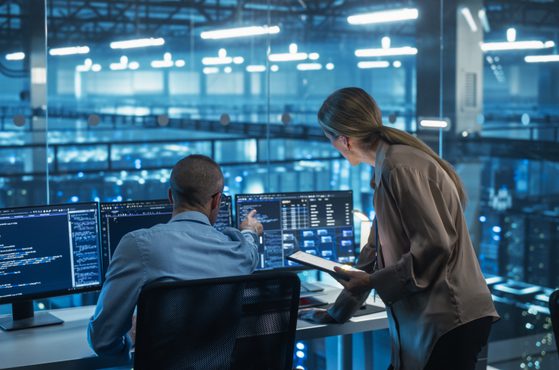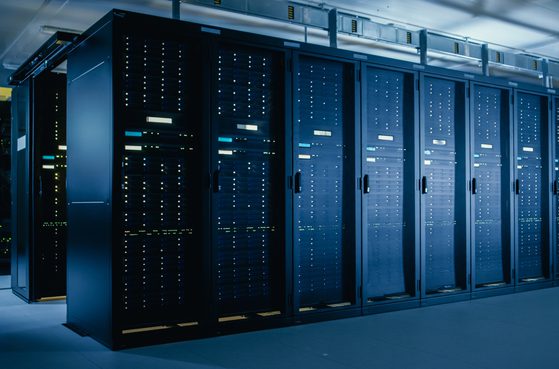On 3 April 2025, we hosted another insightful Building Links event at our Manchester office, which focused on AI and emerging technologies in construction.
Business leaders and inspiring academics had the chance to discuss how AI is currently being used in practice, the challenges and misconceptions of using it and how can we ensure that the UK construction sector doesn’t get left behind in today’s fast-moving technology landscape.
Our speakers included Daniel Prince (Professor of Cyber Security at Lancaster University), Ben Grubert (Co-Founder and CEO of technology consultancy INEVITABLE), Sam Styles (Associate Structural Engineer at Arup), Tom Francis (Delay Expert and Senior Managing Director at Ankura) and Akber Datoo (Founder and CEO at D2 Legal Technology) as well as our own tech law specialist, Morgan Lewis.
Here, Building Links host Jennie Jones recaps the event and explores the key takeaways, including around AI regulation and the need for strong networks and collaboration.
Automation, digital twins & other agents of change
Throughout the event, our speakers explored the ways in which AI can automate mundane and time-consuming tasks, allowing management to focus on more strategic, value-adding activities.
It’s clear that AI is already being used — predominantly on larger projects — in the form of ‘digital twins’ to offer a digital replication of a construction site at different stages, allowing real-time data capture and proactive management to assist with dispute resolution, real-time planning, quality detection and post-completion records.
AI is also being deployed to conduct train tunnel structural inspections and repairs, which has helped to decrease the time required from 60 night-time inspections to just six. This work included manually tagging defects to create a clear data set which could then be used to create a schedule of necessary remediation works.
In the next five years, it’s expected that algorithmic modelling, high-quality cyber protection, agentic AI, robotics and data literacy will be significant agents of change in the construction industry.
AI in construction — challenges & misconceptions
Several misconceptions surrounding AI were discussed, including how to procure, use and think about it.
Our speakers were all asked to define AI, with one definition explored being “the emulation of human-like intelligence and decision making”. However, Ben Grubert noted that this definition is outdated as it places human intelligence as the benchmark, which AI has already surpassed in certain fields. Ben further emphasised that AI is what you make of it, with its applications extending beyond human capabilities in specific areas.
One major misconception is that AI can be viewed as a single product, whereas it’s actually most effective when integrated and combined with other technologies. For example, while drones equipped with interpreting algorithms can create construction plans, the AI methodology alone wouldn’t be able to do so without the assistance of the drone to capture the data.
Many people also struggle to understand that AI adoption is a continuous process that requires specific skills, so it’s imperative that companies understand the need for the necessary infrastructure, data capture and curation to make effective use of it. Businesses need to have well organised and identifiable data before AI tools can be successfully adopted.
The accuracy of AI and the controversial question as to where liability sits when AI is involved was also explored. Although AI is considered more accurate than human input or data processing, it must be remembered that it isn’t perfect. A good example is the recent Tesla incident, where the AI didn’t stop the car from driving through a fake wall.
Construction industry cautious on AI adoption
For varying reasons, the construction industry is cautious in its approach to digital transformation and many of the speakers expressed their surprise in how slow the adoption has been for certain ‘new’ technologies such as 3D printing and robot bricklayers.
Cost margins were noted to be one of the key reasons behind the slow uptake of AI, although it’s expected that costs will decrease over time to make such technologies more accessible.
Another key challenge alluded to was that many construction projects are unique, requiring a lot of project and context-specific technology adoption. This places difficulties on the roll-out of new AI and emerging technologies across the industry.
AI — is construction being left behind?
It’s widely understood that increasing digitalisation in construction raises concerns around cybersecurity. Businesses need appropriate safety control mechanisms to protect data and prevent incorrect evidence from corrupting decision-making processes.
Daniel Prince outlined how cyber security tends to be the last factor discussed when tendering for AI products and is often seen as an add-on. Cybersecurity should be a top priority and the sector must be better educated about potential threats.
Education and engagement are crucial for the successful implementation of AI within the sector. Businesses should invest in training their workforce to understand how to use AI effectively. It’s also recommended that leaders engage with AI in their day-to-day lives — for example, by starting small and using tools like ChatGPT — as this can lead to feeling more comfortable with integrating AI into projects at work.
One key concern raised was that AI could end up replacing workers. However, there was a general consensus among our speakers that rather than replacing staff, AI can enhance their capabilities by dealing with the more administrative and repetitive tasks — improving efficiency and allowing more time for value-adding work. It was remarked by Akber Datoo that “you won’t lose your job to AI — you’ll lose it to someone who uses AI efficiently and effectively”.
AI regulation in construction
Our speakers further explored AI regulation for the construction sector. While at present this seems unlikely in the UK, it was agreed that this would expose the industry to significant risk.
The construction industry must collaborate to reduce the risk that ungoverned reliance on AI presents. With the potential for error and malevolent actors, we can’t risk being reactive and regulating post-tragedy (as was the case with the Building Safety regulations that were introduced following the Grenfell Tower tragedy).
Establishing a construction-specific AI working and development group that could advise and inform industry wide regulation would seem like the sensible and necessary next step.
The need for networks & future proofing
UK construction must embrace digital innovation, AI adoption and emerging technologies to future-proof the industry.
Collaboration, education and proactive approaches are essential for successful AI adoption — and to get the most out of this, businesses must stop seeing it as merely a way to gain a competitive edge. If this remains the prevailing mindset, the industry risks poor and substandard uses of AI as well as a failure to extrapolate its benefits for everyone as a whole.
Collaboration — through networks like Building Links — is imperative for all our success. As the saying goes: "if you want to go fast, go alone. If you want to go far, go together".
Want to join us?
Building Links is the network for Northern construction and property professionals that provides a platform to collaborate and share best practice.
If you’d like to get involved, get in touch with Jennie Jones at jennie.jones@brabners.com.




